The core idea of any employee recognition program is to acknowledge and appreciate employees’ good work and motivate others to replicate such behavior. The G.I.V.E. Model of Employee Rewards and Recognition provides a generalized approach incorporating employee rewards and recognition principles.
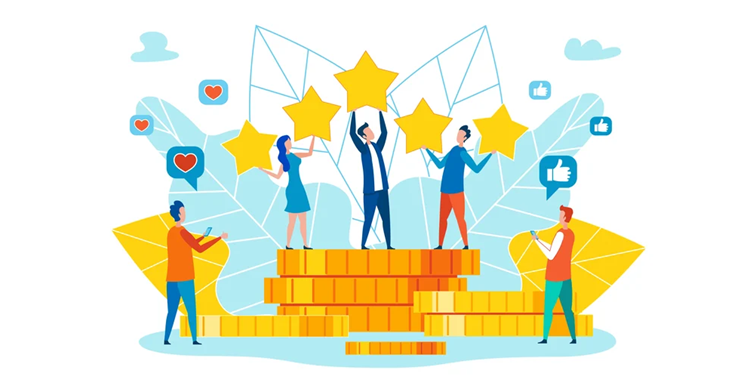
Organizations adopt unique strategies and methods to recognize and appreciate their employees most effectively.
However, there are certain common principles that when followed can help organizations develop successful employee rewards and recognition programs.
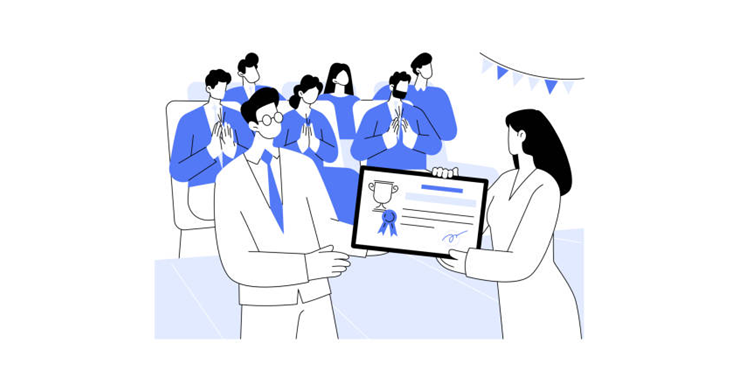
The G.I.V.E. Model of Employee Rewards and Recognition is based on successful business organizations’ best practices.
The G.I.V.E. Model of Employee Rewards and Recognition is based on a combination of recognition strategies.
These have proven highly effective in enhancing employee motivation and engagement across different work environments and organizational cultures.
G.I.V.E. is the abbreviation of the following terms:
Genuineness
Immediacy
Valued
Equal Opportunity
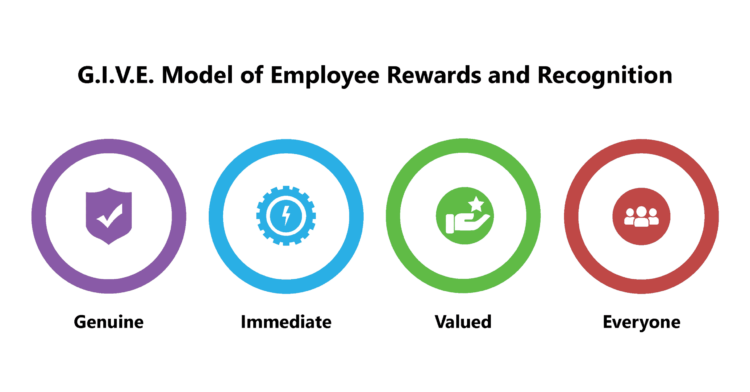
These are the four critical parameters of this model:
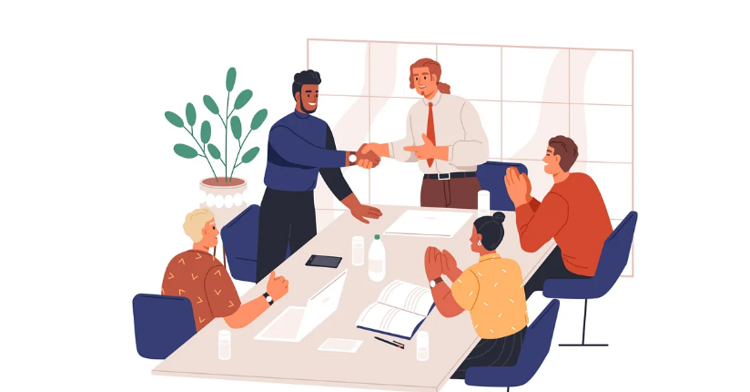
‘Genuineness’ means that the recognition should be offered only to deserving employees rather than those favored by the managers.
Therefore, the best way to ensure this is to make sure that the recognition is based on specific criteria of performance, behavior, or even any particular achievements or initiatives by the employees.
Hence, it adds to the credibility of the process and makes it more transparent and unbiased.

Implementing a digital employee rewards platform can enable organizations to create a fair, unbiased, and transparent system of rewards and recognition.
The rewards system should allow managers to nominate their team members for different award categories.
Such nominations might be routed to the business leaders or the HR for moderation and approval through the system.
Additionally, an online jury or panel-based evaluation process can also be used.

Providing immediate recognition is as important as ensuring that it is offered genuinely.
It has become essential for organizations to eliminate or reduce the focus on monthly and yearly recognition events and replace them with something more spontaneous and prompt, such as on-spot recognition.
Delays in recognition can make the recipients feel disappointed and undervalued.

By implementing the right employee recognition software in the organization, managers can reward and recognize employees instantly for their achievements and positive behaviors.
They no longer need to wait for monthly cycles for HR to collect and process nominations.
Genuine and timely recognition has a tremendous impact on employee motivation.

Organizations should ensure that the reward and recognition being given to employees has significant value for them.
The recipients should feel a sense of pride and achievement upon being recognized.
Overlooking this can render the whole process worthless and even cause the employees to feel demotivated.
Employees perceived being valued by their organization through a combination of monetary rewards and social recognition.
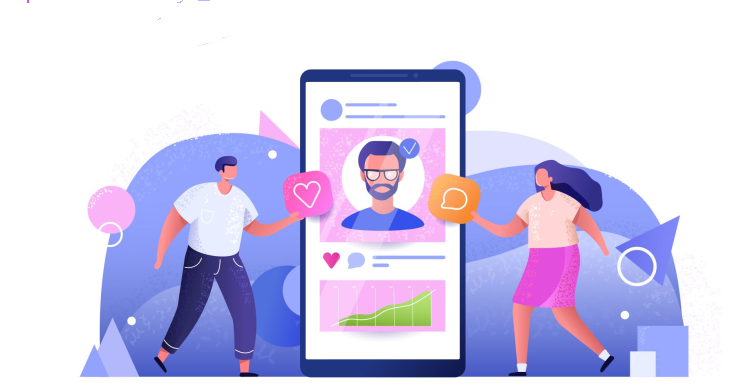
Digital employee rewards and recognition platforms can help organizations provide such value to their employees without too much administrative hassles.
Hence, employees can receive monetary value in the form of reward points that they can redeem for their choice of gift cards or merchandise.
The organization can create social value through offline or virtual award ceremonies.
It can also be done through announcements on internal platforms such as Slack, Teams, or Intranet and sharing on external social platforms such as Facebook and LinkedIn.

To get the best results from an employee recognition program, organizations need to make sure that they provide equal opportunity for all employees to participate in the programs and win awards.
This can help enhance the sense of achievement and happiness for employees.
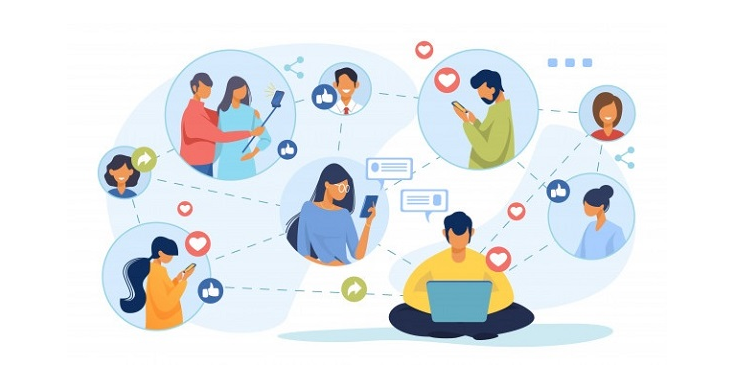
Therefore, having a comprehensive employee rewards and recognition program that covers employees of different work profiles, roles, levels, and tenures can ensure a higher level of participation and a more significant impact on employee motivation.
Hence, the rewards program should align with the business goals and core values of the organization.
A good employee recognition platform can help the organization implement such a diverse program without too much effort.
The G.I.V.E. Model of Employee Rewards and Recognition aims to maximize the benefits of employee recognition for organizations; and help them drive productivity, create a positive work culture, and nurture talent in the right way.

Lead author: Sagar Chaudhuri, the Co-Founder and CEO of HiFives. He is an HR Tech Evangelist with over 25 years of corporate and entrepreneurship experience. In the past, Sagar has worked in leadership roles with companies such as Genpact, Infosys, and ICICI Bank. He has an engineering degree from IIT Kharagpur and an MBA from IIM Lucknow. Connect on LinkedIn
To stay updated on the latest HiFives blogs, follow us on Twitter (@MyHiFives)